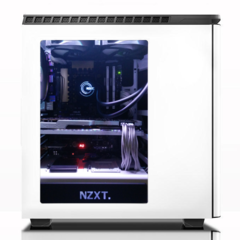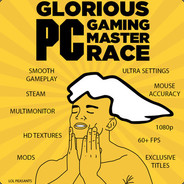VESA Group annouces new "ClearMR" certification to clarify monitor response time specs
-
Featured Topics
-
Topics
-
1
-
4
-
8
-
Fluuwu ·
Posted in Cases and Mods6 -
ulookuglynoob ·
Posted in New Builds and Planning13 -
bagger ·
Posted in Graphics Cards3 -
Neodiamond ·
Posted in Troubleshooting2 -
2
-
ChalkChalkson ·
Posted in New Builds and Planning17 -
kal99235 ·
Posted in Troubleshooting1
-


.png.255947720031a641abdac78e663b681c.png)
















Create an account or sign in to comment
You need to be a member in order to leave a comment
Create an account
Sign up for a new account in our community. It's easy!
Register a new accountSign in
Already have an account? Sign in here.
Sign In Now